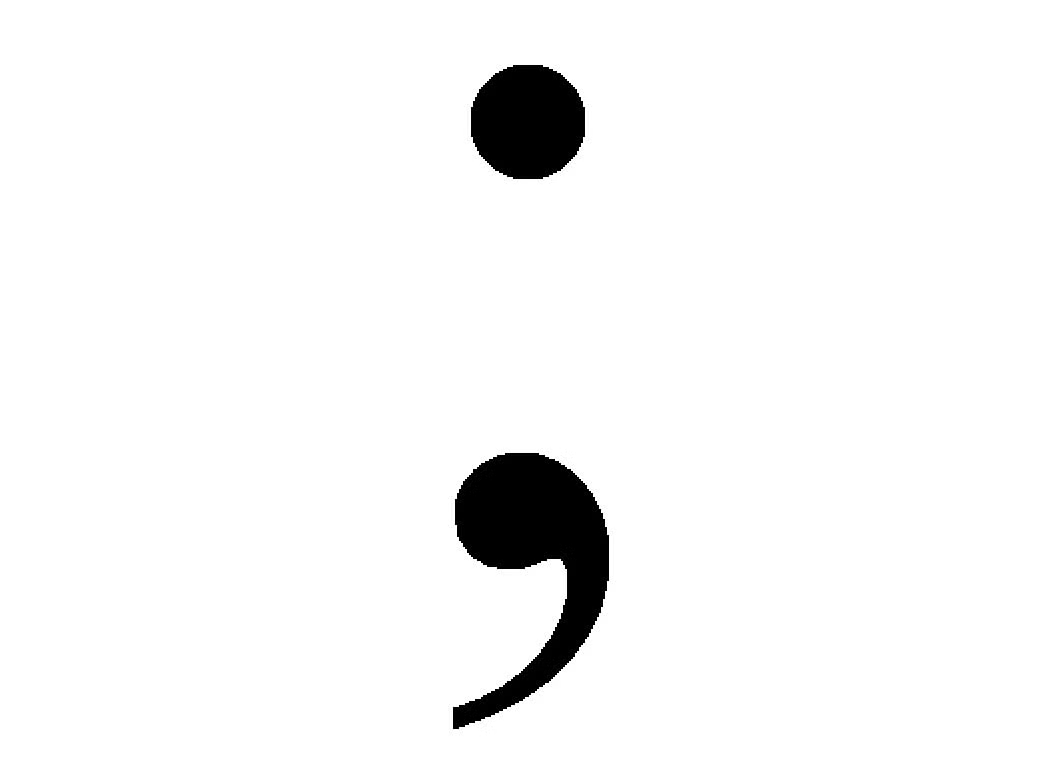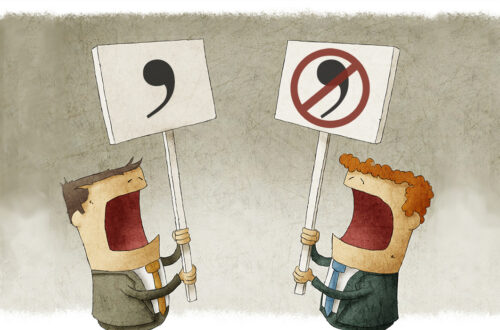In our previous article, ‘How to Use Quotation Marks Correctly—An Introduction’, we explained the basic uses of quotation marks. In this article, we will be building on that knowledge to discuss the rules for using quotation marks in conjunction with other punctuation marks.
We will be discussing the Australian English rules, as described in Snooks & Co.’s Style Manual: For Authors, Editors and Printers (2002, hereafter, Style Manual). Please note that the quotation mark rules for North American English are different to those discussed here.
Where do I place closing sentence punctuation?
Should the closing sentence punctuation go inside or outside the quotation marks? British and Australian English, and North American English disagree on this. In British and Australian English, it all comes down to the carrier sentence (i.e., the sentence that contains the quotation). In the example below, ‘he said’ is the carrier sentence for the quotation:
‘I will wait until you return’, he said.
He said, ‘I would appreciate that’.
The Style Manual states (p. 115):
If the quoted material would have contained the punctuation mark in the absence of any interruption, the punctuation mark stays inside the closing quotation mark. On the other hand, if the punctuation mark is part of the carrier sentence, it follows the closing punctuation mark.
Here are some examples from the Style Manual (p. 115):
‘Are you going to apply for the position?’ the chairman said.
‘Once it’s been given to you,’ the tiger said, ‘it’s always yours’.
You will notice in the first example; the question mark belongs to the question contained within quotation marks—it would be silly to put it after ‘said’. In the second example, the comma following ‘you’ is needed to separate the dependent clause ‘once it’s been given to you’ from the independent clause ‘it’s always yours’. Therefore, the comma goes inside the quotation mark. Of course, the full stop belongs to the carrier sentence—that is, it applies to the whole sentence, not just the quotation—so it sits outside the closing quotation mark.
What do I do when there are conflicting punctuation marks?
What happens when the quotation ends with an exclamation, but the overarching sentence concludes directly after? This is one of the exceptions to the aforementioned rule. The Style Manual gives the following examples (p. 116):
He heard the Speaker call ‘Order!’
A person might ask, ‘Why should a prospective employer have access to my medical records?’
Did you hear her say ‘Hooray for the digital age’?
In the first two examples above, you would be right to punctuate the exclamation or question inside the quotation marks to ensure the expression is grammatically correct. But do not include an additional full stop after the closing quotation mark for the carrier sentence.
In the final example, the question mark belongs to the carrier sentence and not the quotation; for this reason, it is placed outside the quotation marks.
Another exception is if the quoted material is a full sentence and stands alone (i.e., without a carrier expression such as ‘he said’):
‘We had such a great time. I can’t wait until we meet again in June.’
She said, ‘We had a great time. I can’t wait until we meet again in June’.
In the first example, there is no carrier sentence so the full stop belongs within the quotation marks. In the second example, the full stop applies to the whole sentence—not just the part contained within quotation marks—and falls outside the quotation marks.
If you have any questions about the correct use of quotation marks—or any other punctuation mark for that matter—we’d love to hear from you in the comments section below.





